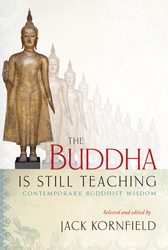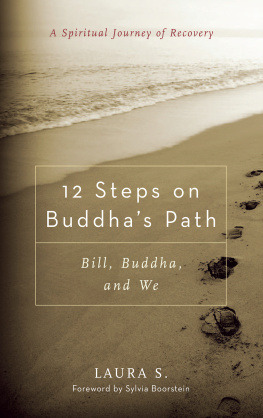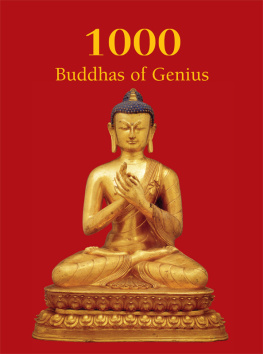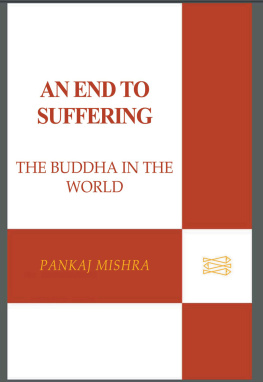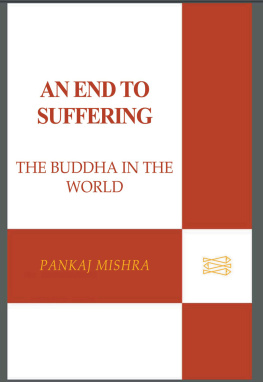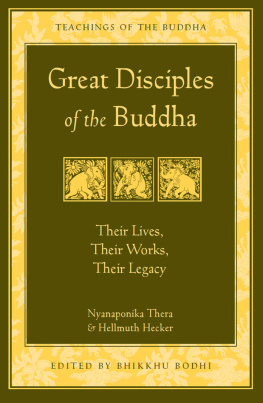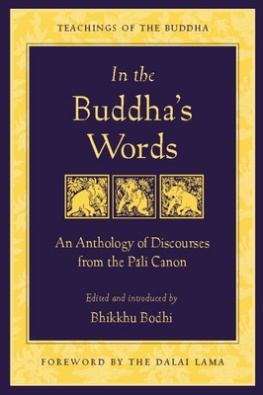Like a Shadow
That
Never Departs
THE STORY OF ANANDA:
THE BUDDHAS CHIEF-OF-STAFF

Randall K. Scott

LIKE A SHADOW THAT NEVER DEPARTS
THE STORY OF ANANDA: THE BUDDHAS CHIEF-OF-STAFF
Copyright 2021 Randall K. Scott.
All rights reserved. No part of this book may be used or reproduced by any means, graphic, electronic, or mechanical, including photocopying, recording, taping or by any information storage retrieval system without the written permission of the author except in the case of brief quotations embodied in critical articles and reviews.
iUniverse
1663 Liberty Drive
Bloomington, IN 47403
www.iuniverse.com
844-349-9409
Because of the dynamic nature of the Internet, any web addresses or links contained in this book may have changed since publication and may no longer be valid. The views expressed in this work are solely those of the author and do not necessarily reflect the views of the publisher, and the publisher hereby disclaims any responsibility for them.
Any people depicted in stock imagery provided by Getty Images are models, and such images are being used for illustrative purposes only.
Certain stock imagery Getty Images.
ISBN: 978-1-6632-3043-0 (sc)
ISBN: 978-1-6632-3044-7 (e)
Library of Congress Control Number: 2021921478
iUniverse rev. date: 11/29/2021
Contents
Dedication
To Marca, who introduced me to Buddhism,
and shows me how it should be practiced by her actions every day.
Professor Randall Scotts book Like a shadow that does not depart is a highly informative and very interesting story of Ananda, Buddhas Chief-of-Staff for 25 years. The title is Anandas beautiful description of his intimate and constant positive relationship with Buddha. Scott provides psychological insight and historical perspective on Buddha and Ananda and their relationship. Ananda influenced Buddha to admit women to monastic life which was a historic step, and it was Anandas unique capacity to memorize and recall Buddhas speeches that preserved them intact. Scott explains various Buddhist terms. This book deserves wide readership among people interested in religion and spirituality in general and Buddhism in particular.
N.S. Xavier, M.D., author of The Two Faces of Religion and Fulfillment Using Real Conscience.
Thanks to N.S. Xavier, M.D. for his valuable
insights and gracious advice.
Thanks to my wife, Marca for her unflagging support.
Ananda is described in writings of the time as the Buddhas attendant. But he was much more than a mere servant. He was the Buddhas confidant and friend. I explore why and how the close personal relationship between the two men resulted in Ananda gaining and exercising enormous power over the sangha.
The humanity of the Buddha and his followers attracted me to this project. The Buddha never claimed to be a god. He and his disciples struggled with the same desires, attachments, jealousies, and illnesses as his followers. Consequently, a very keen understanding of the human condition runs through Buddhist writings. Modern readers will recognize the obstacles disciples had to overcome daily in their journey to nirvana; because we face the same problems today---two thousand five hundred years since the Buddha lived and spoke.
Reconstructing historical events can be challenging; especially if the events and conversations are recalled totally from memory when there were no written records. Eyewitness recollections are notoriously unreliable. Historical sources often supply us with varying accounts. This probably stems from irregularities in what people saw or heard, resulting in different recorded accounts and as the story spreads the accounts naturally increase. It is like different people looking at the sun or moon from different positions; the sun and moon are the same, but the differences in the clouds and surroundings make them appear different
Akira Kurosawas classic Rashomon (1950) showed how several participants and witnesses to a murder had conflicting memories of the incident. When I was an undergraduate many years ago, I was in a criminal justice class when three young men burst into the classroom and dragged a student out, kicking and screaming. Of course, it was all staged so the instructor could show us the problems with eyewitness testimony; and it was effective. Everyone seemed to have a different view of the incident. Thus, conflicting accounts of historical events must be resolved. When scholars disagreed about Anandas age or the content of specific conversations or the size of a crowd or other eyewitness reports, I tried to triangulate the available information to arrive at the most plausible answer.
I adhere to the traditional scholarly/academic practice of listing sources, but to improve readability and flow, I have not footnoted commonly accepted historical facts about Buddhism. However, if I quote a particularly relevant conversation between the Buddha and Ananda or a pertinent observation by another researcher, I clearly footnote. My sources are easily available to English-language readers. The spelling of Buddhist phrases might differ according to whether the sources are translated from Sanskrit or Pali.
My purpose is to explore the life of Ananda; but attention must be given to the Buddha, his disciples, and specific Buddhist principles to provide context and a back-story for Ananda. As a result, descriptions of the Four Noble Truths, the Noble Eightfold Path, Nirvana, dependent arising, samsara, emptiness, and other important Buddhist principles are, by necessity condensed but not superficial. Terms that might increase the readers knowledge and enjoyment are defined in the glossary. There are myriad sources to explore Buddhism in greater depth. A lot has been written about Buddhism in the last two thousand five hundred years.
The Buddha was not just an ordinary man with extraordinary talents. He was far from that. He was a unique man, who, at the age of twenty-nine, left his wife and newborn son and a life of luxury to become a wandering mendicant. After six years of experimentation with extreme fasting that nearly killed him, he found a way to transcend this world filled with suffering forever. Siddhartha Gautama became enlightened and became the Buddha. But that wasnt the end of his journey. He had to choose whether to enter nirvana immediately or to teach others what he had discovered. He chose to pay it forward by walking for the remaining forty-five years of his life through what is now northern India and Tibet teaching the Four Noble Truths and the Noble Eightfold Path. From the time of his enlightenment until his parinirvanization, it is estimated that the Buddha rescued a hundred-thousand beings from the ocean of samsara and established them on the shore, that is, nibbana.
Why did the Buddha and his disciples choose to walk on their pilgrimages when chariots and carts were available? The Buddha wanted to show that he was physically here; so, he left a spiritual path, his footprints, that we can follow to enlightenment. There are thousands of casts of the Buddhas footprints throughout India and Asia. Of course, it is unlikely that all are the Buddhas, but the symbolism is powerful.
The Buddha needed disciples to help him spread the religion. The character of a leader can be judged by the company he keeps. A strong, moral, ethical leader surrounds himself with strong, moral, ethical subordinates. The Buddhas inner circle was almost exclusively enlightened arhats with one notable exception---Ananda. But as this book reveals, Ananda was often the moral and ethical compass for the sangha when the arhats displayed troubling fits of clearly unenlightened behaviors such as gossiping, back-biting, and jealousy. Women had no rights, as we think of them, during this period. But Ananda strongly supported an order of nuns. Ananda was the conscience of the sangha.
Next page


